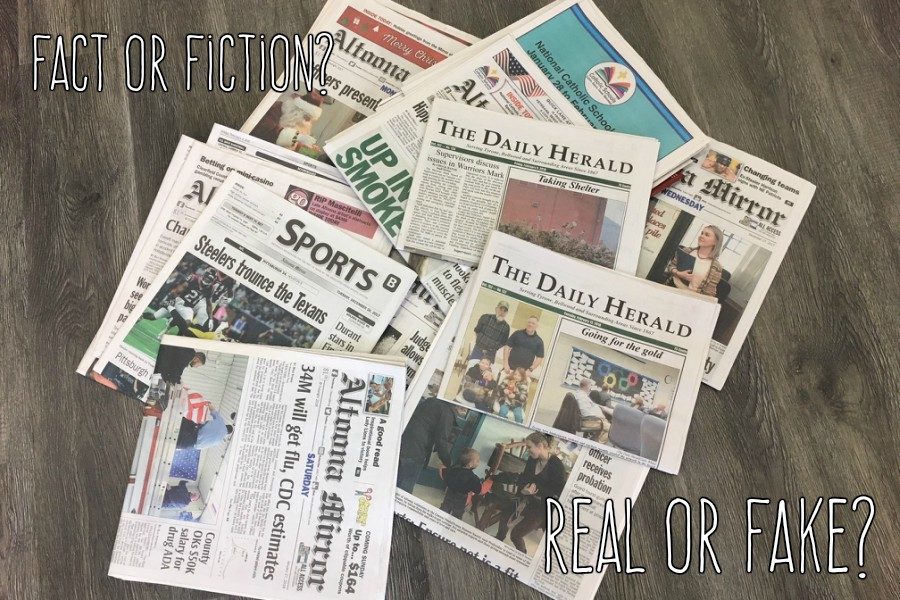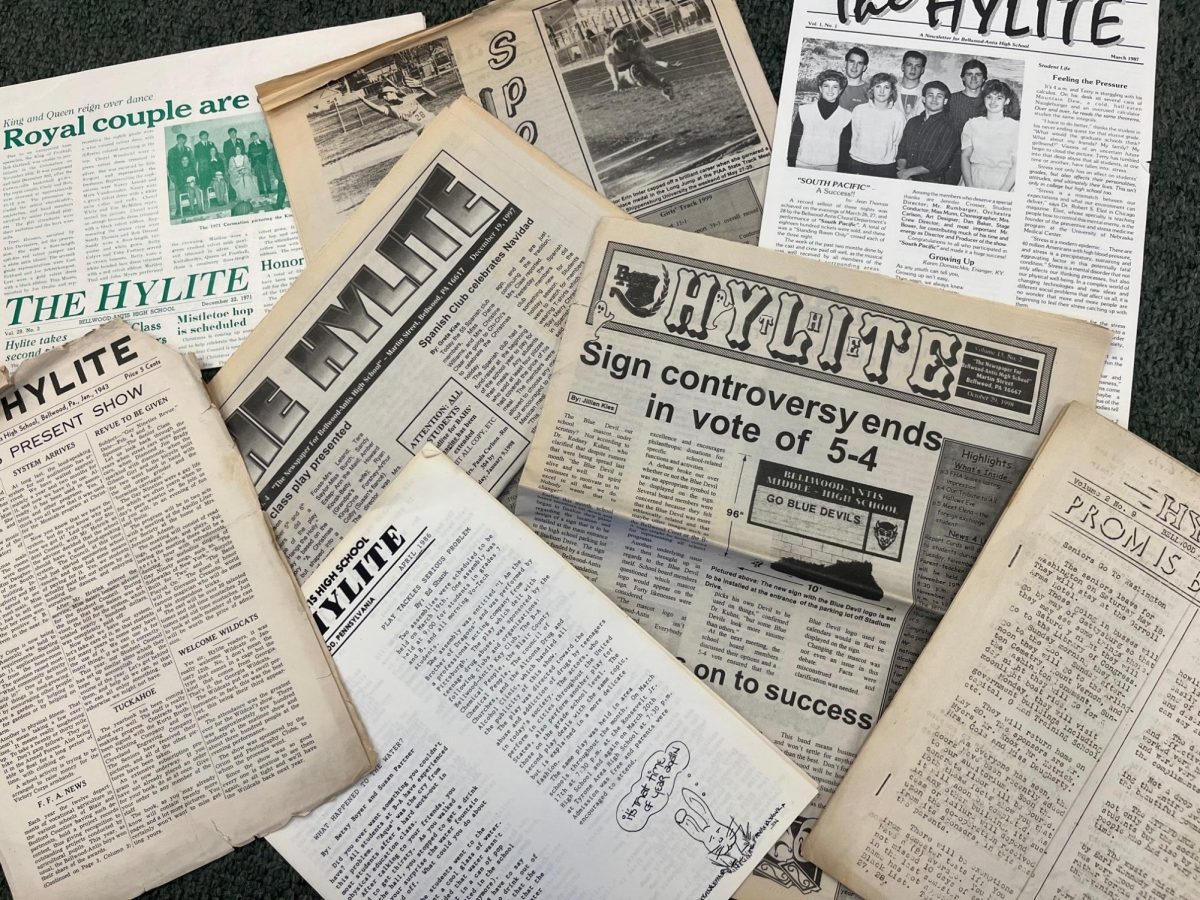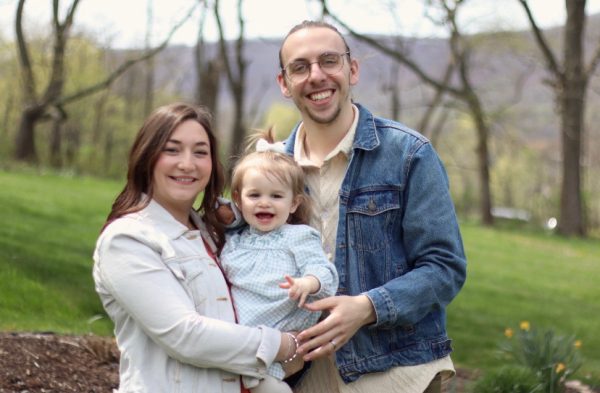Who knows which is which
The reading public is forced to decipher real from fake news like never before
People today have to decipher the validity of the news as never before.
March 2, 2018
Was the Florida shooter, Nikolas Cruz, trained to shoot the Marjory Stoneman Douglas High School by a white supremacist group? Does Michelle Obama blame Donald Trump for the recent active shootings?
These are example of recent questions pondered by fake news outlets. More and more, it’s something people have to weed through when scrolling through their news feeds.
For teachers at Bellwood-Antis, helping students decode the news is an important challenge.
“Students need to be able to determine bias and take in multiple sources so they can make their own decision, just as you wouldn’t write a paper using only one source,” said Mr. Elder, a high school world cultures and POD teacher.
Fake new is news that has little to no basis in facts but is still presented in being factually accurate, and it’s often seen spread on social media platforms like Facebook and Twitter.
“People write fake news to spread propaganda and persuade people to their point of view. Fake news is intentionally misleading and contains bias information,” said Mr. Charlie Burch, another high school world cultures teacher.
As Webster’s dictionary states, fake news is frequently used to describe a political story which is seen as damaging to an agency or person. However, it is not restricted to politics and can relate to any topic. Lies, misleading facts, and deception have been around for centuries.
While in the past people have been able to differentiate fake and factual news, today’s reliance on social media has made it difficult to find the truth. For example, The National Enquirer, written by Mike Walker, has been known to publish fake new announcements. Anyone growing up in the 80’s knew that news published was fake.
Now, today’s facts have been mixed in with falsehoods, and being able to decipher is getting harder and harder. Since the 2016 election, President Donald Trump has placed the label “fake news” seemingly on every news announcement he doesn’t approve of, even going as far as giving out awards for fake news last month. This makes it even more difficult to find the true facts.
“The problem is anyone can create a website, and everyone has access to social media, so they can write anything and pass it off as fake news,” said high school civics teacher Mr. Matthew McNaul. “If it looks legitimate, people buy it.”
While school can try to protect you from outside forces, can school protect you from fake news? This is the challenge facing today’s educators.
There’s no school-wide approach at B-A yet, but Mr. Elder believes that awareness of fake news is an important factor.
“I think, as teachers, just making students more aware of bias and how to react to that is a huge step,” he said.
Mr. Burch says that the current state of politics allows him to address the issue naturally in class.
“It’s easy to do lately with gun control debates, attacks on news agencies, trump and so on,” Mr. Burch said.
Kate Starbird, a university of Washington professor, told the Harvard Crimson, “Misinformation is a political strategy. The purpose of this information is not to convince, the purpose of this information is to confuse—to create muddled thinking throughout society.”
Mr. McNaul agrees and said it’s important for kids to learn to decipher real and fake news to get to the heart of what is true.
“If fake news becomes the truth, then you don’t know what the truth is,” he said.






